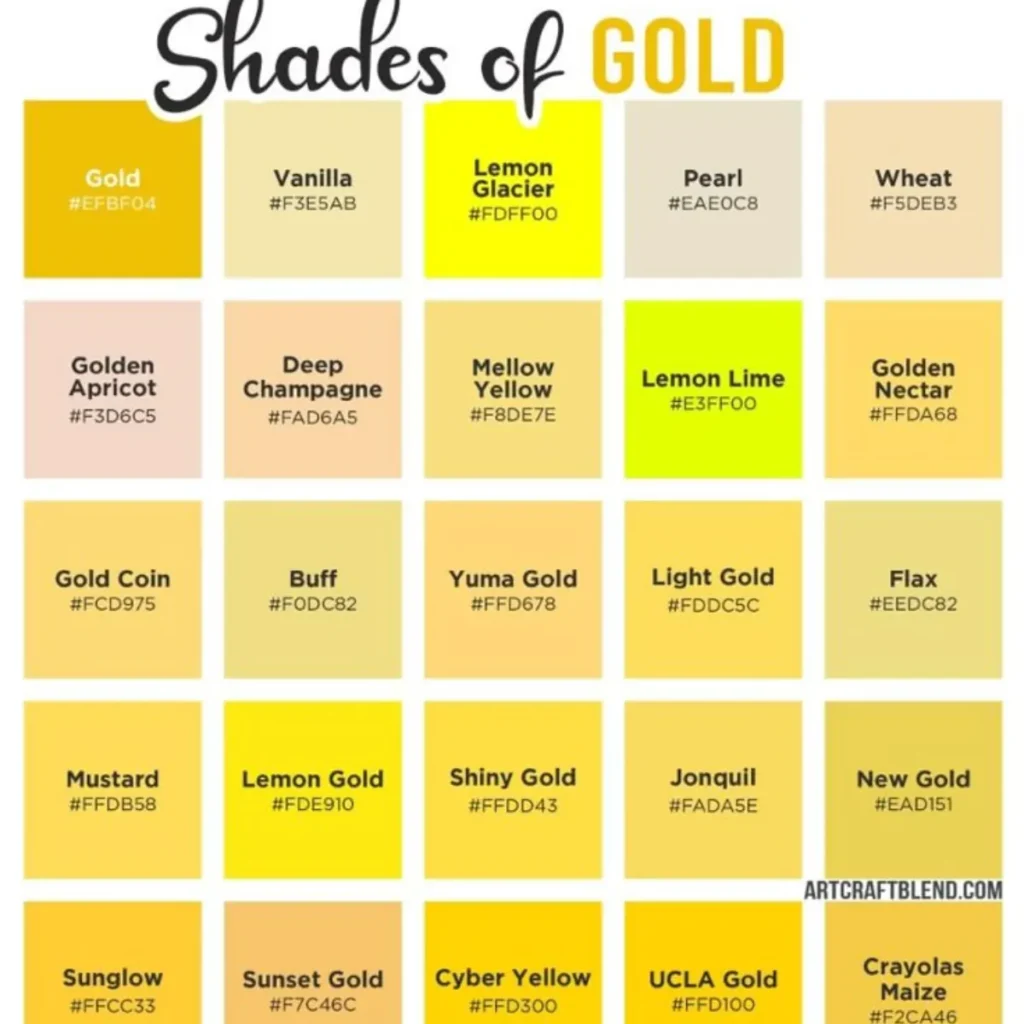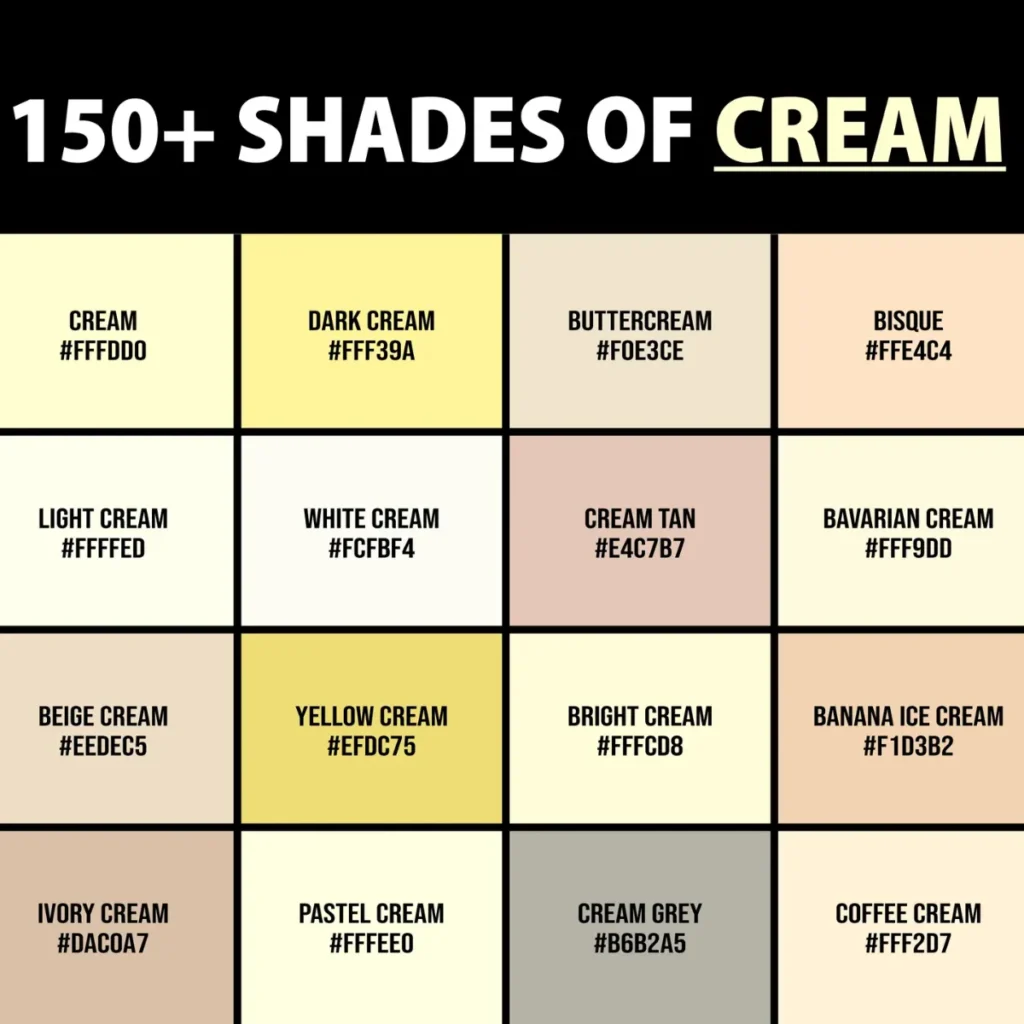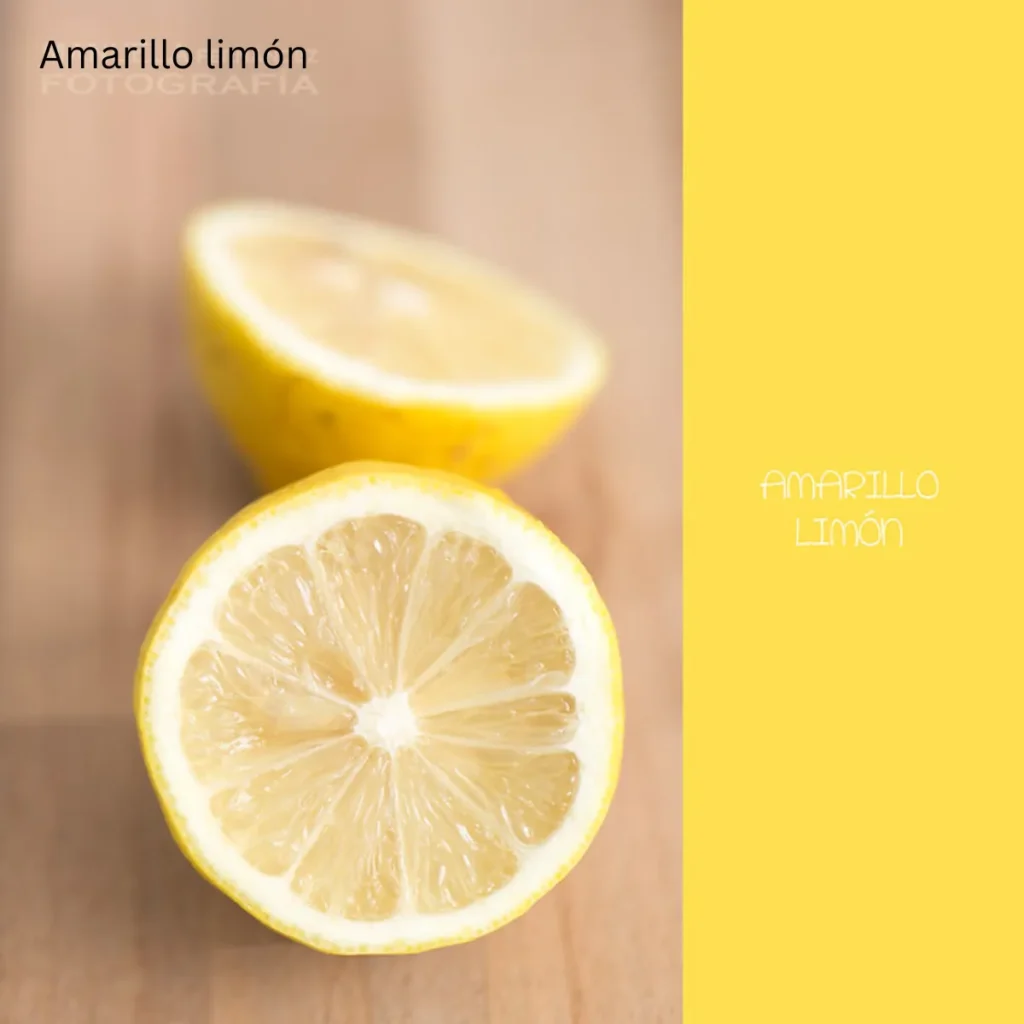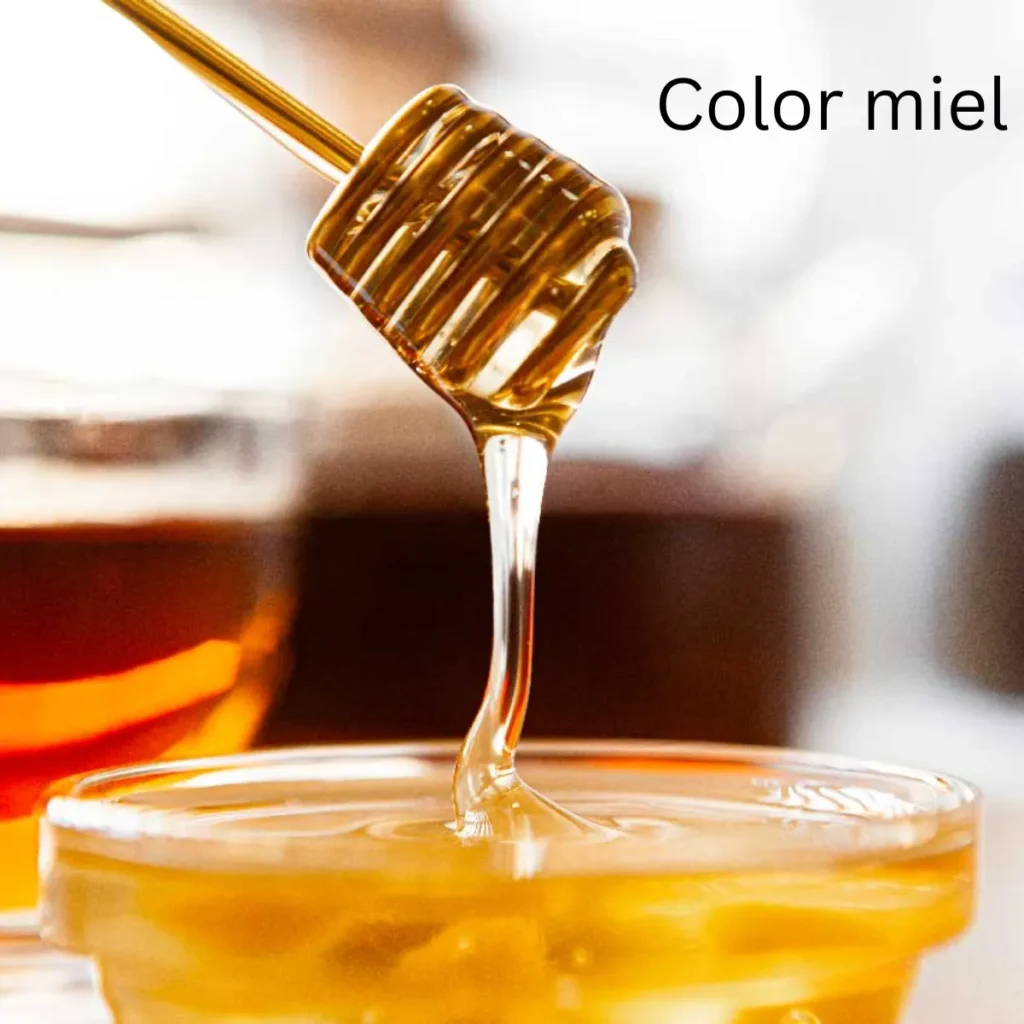How to Say Yellow in Spanish is a fun and useful phrase to learn, especially for beginners exploring colors in the language. If you’re describing clothing, nature, or artwork, knowing how to say yellow correctly helps you sound more natural and confident.
In this quick guide, you’ll discover how to say yellow in Spanish, how to pronounce it, and how to use it in everyday sentences.
Understanding how to say yellow in Spanish can boost your vocabulary and help you describe the world around you.
Whether you’re traveling, studying, or just curious, this color is a bright place to start.
Say Yellow in Spanish Examples & Origin
Here are 15 ways to say or describe yellow in Spanish, complete with dialogue examples and cultural or historical insights.
| # | Spanish Phrase | English Meaning | Color Swatch | Example Sentence (Spanish) | Example Sentence (English) |
|---|---|---|---|---|---|
| 1 | Amarillo | Yellow | 🟨 | El sol es amarillo. | The sun is yellow. |
| 2 | Amarilla (fem.) | Yellow (feminine) | 🟨 | La flor amarilla es hermosa. | The yellow flower is beautiful. |
| 3 | Color amarillo | Yellow color | 🟨 | Me gusta el color amarillo. | I like the color yellow. |
| 4 | Amarillento | Yellowish | 🟩🟨 | El papel está amarillento. | The paper is yellowish. |
| 5 | Amarillenta (fem.) | Yellowish (fem.) | 🟩🟨 | La pared amarillenta necesita pintura. | The yellowish wall needs paint. |
| 6 | Dorado | Golden | 🟨✨ | Tiene el pelo dorado. | She has golden hair. |
| 7 | Mostaza | Mustard yellow | 🟫🟨 | Compré una chaqueta mostaza. | I bought a mustard-yellow jacket. |
| 8 | Girasol | Sunflower yellow | 🌻🟨 | El vestido es color girasol. | The dress is sunflower yellow. |
| 9 | Amarillo brillante | Bright yellow | 💡🟨 | Pintaron la casa de amarillo brillante. | They painted the house bright yellow. |
| 10 | Amarillo pálido | Pale yellow | 🤍🟨 | El cielo tenía un tono amarillo pálido. | The sky had a pale yellow tone. |
| 11 | Amarillo fuerte | Strong yellow | 🟨🟧 | El coche amarillo fuerte destaca. | The strong yellow car stands out. |
| 12 | Amarillo limón | Lemon yellow | 🍋🟨 | Compré pintura amarillo limón. | I bought lemon yellow paint. |
| 13 | Amarillo claro | Light yellow | 🟦🟨 | El cuarto es amarillo claro. | The room is light yellow. |
| 14 | Amarillo oscuro | Dark yellow | 🟤🟨 | Usaron amarillo oscuro en el diseño. | They used dark yellow in the design. |
| 15 | Amarillo dorado | Golden yellow | 🌟🟨 | La lámpara brilla en amarillo dorado. | The lamp glows in golden yellow. |
1. Amarillo – The Standard Word for Yellow
Origin:
From Latin amarillus, meaning yellowish. This is the dictionary definition used across all Spanish-speaking countries.
Example:
👤 User A: ¿De qué color es tu coche?
👤 User B: Es amarillo, como un plátano.
Use: Universal and formal; the base word for yellow.
2. Amarillento – Yellowish
Origin:
A derivative of amarillo, used to describe something that looks yellow but isn’t quite fully yellow.
Example:
👤 User A: ¿Está madura esta manzana?
👤 User B: No sé, está un poco amarillenta.
Use: Used in casual speech and descriptions.
3. Dorado – Golden (Yellow-Gold Tone)

Origin:
From oro (gold). Used to describe shiny or golden-yellow tones.
Example:
👤 User A: Me encantan tus zapatos.
👤 User B: ¡Gracias! Son dorados, perfectos para fiestas.
Use: Common in fashion, art, and decor.
4. Color mostaza – Mustard Yellow
Origin:
Refers to the condiment “mustard” (mostaza), known for its dull golden-yellow shade.
Example:
👤 User A: Esa blusa color mostaza te queda genial.
👤 User B: ¡Gracias! Es mi color favorito.
Use: Trendy in fashion and design.
5. Color crema – Cream (Yellowish-White)

Origin:
Borrowed from the cream of milk, this soft tone blends yellow and white.
Example:
👤 User A: ¿De qué color es la pared?
👤 User B: Es color crema, muy suave.
Use: Interior design, home decor, and textiles.
6. Color vainilla – Vanilla (Pale Yellow)
Origin:
Named after vanilla ice cream or vanilla beans in dessert contexts.
Example:
👤 User A: ¿De qué sabor es ese pastel?
👤 User B: Vainilla, como el color.
Use: Culinary, fashion, soft-colored items.
7. Color canario – Canary Yellow
Origin:
Named after the bright yellow canary bird (pájaro canario), often found in Spain’s Canary Islands.
Example:
👤 User A: ¡Esa bicicleta parece un rayo!
👤 User B: Es color canario, como el sol.
Use: Vivid and energetic color description.
8. Amarillo limón – Lemon Yellow

Origin:
From the color of lemons (limones), a bright, acidic shade.
Example:
👤 User A: ¿Qué color elegiste para tu vestido?
👤 User B: Amarillo limón. Es súper alegre.
Use: Used to describe bold, zesty yellows.
9. Amarillo chillón – Loud or Neon Yellow
Origin:
Chillón means loud or flashy. This term refers to very bright, sometimes harsh yellow tones.
Example:
👤 User A: ¿Por qué elegiste ese color?
👤 User B: Me gusta el amarillo chillón, llama la atención.
Use: Fashion, advertising, and design.
10. Amarillo pálido – Pale Yellow
Origin:
Pálido means pale. This version of yellow is soft and understated.
Example:
👤 User A: ¿Cómo es el uniforme nuevo?
👤 User B: Amarillo pálido, muy discreto.
Use: Used in interior design or gentle color palettes.
11. Color miel – Honey Yellow

Origin:
Miel means honey; the phrase reflects a warm, golden-yellow.
Example:
👤 User A: ¿Te gusta el nuevo tinte de cabello?
👤 User B: Sí, ese color miel es perfecto para el otoño.
Use: Hair, clothing, and paint colors.
12. Amarillo huevo – Egg-Yolk Yellow
Origin:
From the color of egg yolks (yema de huevo). It’s a deep, rich yellow.
Example:
👤 User A: ¿Qué color es esa pintura?
👤 User B: Amarillo huevo, muy fuerte.
Use: Art, cooking, and children’s books.
13. Color oro viejo – Antique Gold
Origin:
Refers to an old-gold or tarnished yellow, often used in jewelry or antiques.
Example:
👤 User A: Me encanta ese marco.
👤 User B: Sí, es color oro viejo, muy elegante.
Use: Formal or vintage design.
14. Color girasol – Sunflower Yellow
Origin:
Named after the sunflower (girasol), known for its large, bright yellow petals.
Example:
👤 User A: ¿Qué color usaste para la invitación?
👤 User B: Color girasol, para que se vea alegre.
Use: Nature references, seasonal decor.
15. Color maíz – Corn Yellow
Origin:
Inspired by corn (maíz), especially the golden tone of corn kernels.
Example:
👤 User A: Esa camisa parece muy fresca.
👤 User B: Sí, es color maíz. Me encanta en verano.
Use: Agriculture, fashion, natural tones.
FAQs
1. What is the word for “yellow” in Spanish?
The word for yellow in Spanish is “amarillo” (ah-mah-REE-yoh).
2. How do I pronounce “amarillo”?
Pronunciation: ah-mah-REE-yoh
In some regions (like Spain), it may sound more like ah-mah-REE-yo.
3. Is “amarillo” masculine or feminine?
Amarillo is masculine.
For feminine nouns, it changes to amarilla (ah-mah-REE-yah).
4. When do I use “amarillo” vs “amarilla”?
- Amarillo → used with masculine nouns (e.g., el lápiz amarillo = the yellow pencil).
- Amarilla → used with feminine nouns (e.g., la flor amarilla = the yellow flower).
5. How do I say “yellow color” in Spanish?
You can say: el color amarillo.
6. What’s the plural form of yellow in Spanish?
- Masculine plural: amarillos
- Feminine plural: amarillas
7. How do I say “light yellow” or “pale yellow”?
You can say: amarillo claro.
8. How do I say “bright yellow”?
Say: amarillo brillante or amarillo fuerte.
9. How do I say “yellowish” in Spanish?
Use: amarillento (ah-mah-ree-YEN-toh).
10. Is “amarillo” used in all Spanish-speaking countries?
Yes — amarillo is universally understood across all Spanish-speaking regions.
Conclusion:
Now that you know how to say yellow in Spanish, you’re ready to bring more color to your conversations. Whether it’s “amarillo” for a sunny day or describing your favorite outfit, using this vibrant word helps you sound more fluent and expressive.
Keep practicing how to say yellow in Spanish, and soon you’ll be describing the world around you with ease and accuracy.



